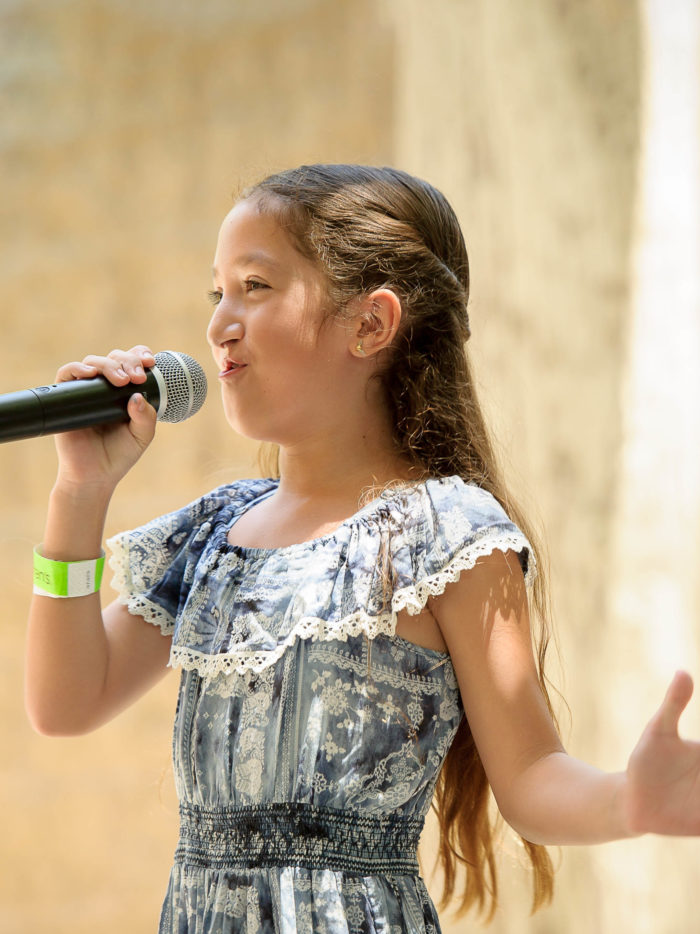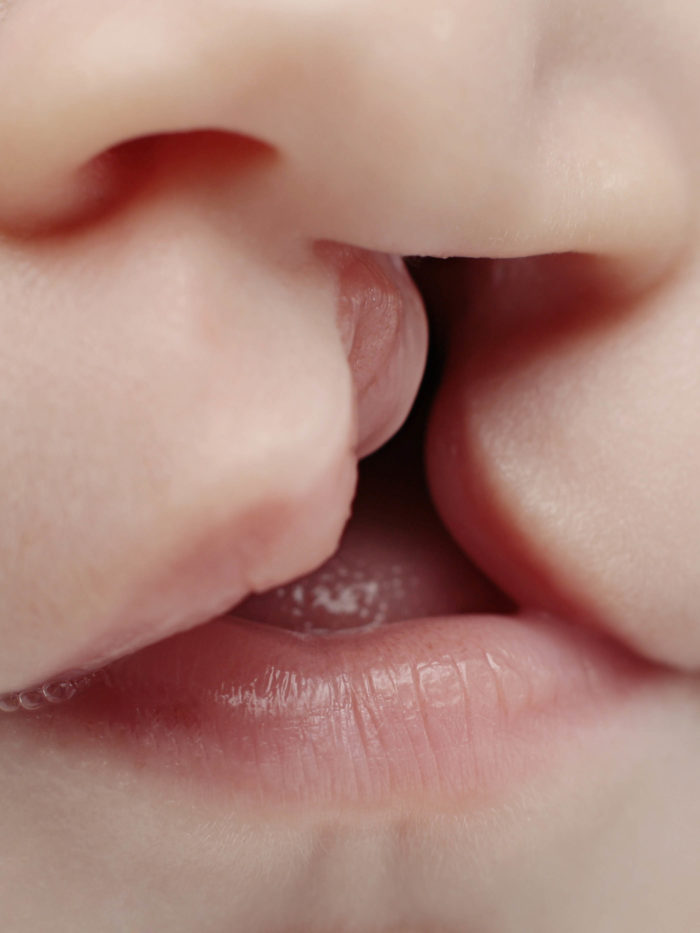Cleft and Craniofacial Program
Call today to schedule an appointment with one of our pediatric specialists.
Otolaryngology Referrals
From cleft lip and cleft palate repair to complete facial reconstruction, CHOC uses the very latest and advanced techniques to help a child with a craniofacial disorder look, eat and speak just like other children. The CHOC Cleft and Craniofacial Program is an approved team with the American Cleft Palate-Craniofacial Association, meaning our program has met specific guidelines for working as an interdisciplinary team.
Since growth is a significant factor in the ultimate outcome of treatment, children are assessed thoroughly and regularly by the team until young adulthood. Our goal is to ensure the best possible outcome for children born with clefts or other craniofacial birth defects.
Appointments
The CHOC Craniofacial Clinic is located inside the CHOC Clinic building on our main campus. For more information about the CHOC Cleft and Craniofacial Program or to refer a patient, please contact Program Coordinator Sharon Vargas at (714) 509-8378.
What is cleft lip and cleft palate?
Cleft lip is a birth abnormality of the nose and lip. Cleft palate is a birth abnormality of the roof of the mouth (palate). A child can have cleft lip, cleft palate or both. They occur early in pregnancy when the sides of the lip and/or the roof of the mouth do not fuse together as they should. Most babies born with a cleft are otherwise healthy with no other birth abnormalities. In some cases, other family members have also had a cleft lip/palate.
Cleft lip is an abnormality in which the lip does not completely form during development. It often affects the nose, as well. The degree of the cleft lip can vary greatly, from mild (notching of the lip) to severe (opening from the lip up through the nose). It can affect one side of the lip or both sides.
Cleft palate occurs when the roof of the mouth does not completely close, leaving an opening that can extend into the nasal cavity. The cleft may involve either or both sides of the palate. It can extend from the front of the mouth (hard palate) to the throat (soft palate). Often the cleft will also include the lip. Cleft palate is not as noticeable as cleft lip because it is inside the mouth, but it affects the baby’s ability to nurse.
What other complications can occur?
Beyond the cosmetic abnormality, there are other possible complications that may be associated with cleft lip and cleft palate, including:
• Feeding difficulties. Most babies with only a cleft lip are able to nurse. Babies with a cleft palate, however, are unable to suck properly because the roof of the mouth is open. Learn tips for feeding your baby with a cleft palate.
• Ear infections and hearing loss are often due to a dysfunction of the tube that connects the middle ear and the throat. Recurrent infections can then lead to hearing loss. Treatment includes placing tubes in the ear, which is straightforward and effective.
• Speech and language delay. The opening of the roof of the mouth may affect muscle function, which can lead to a delay in speech or abnormal speech. Talk to your child’s doctor about a referral to our speech therapy program.
• Dental problems. As a result of the abnormalities, teeth may not develop normally and orthodontic treatment is usually required. Surgery is sometimes required, as well.
How is cleft lip or cleft palate treated?
Parents can take comfort in the sophisticated surgical techniques that help restore the balance and function of this area. With treatment, your child’s cleft lip or cleft palate can be repaired. Your child can look, eat and speak just like other children. This will all be possible through our craniofacial multidisciplinary team that will work with you and your child to develop and carry out a treatment plan.
For most infants with cleft lip alone, the abnormality can be surgically repaired within the first several months of life (usually when the baby is 3 to 6 months old). Your child’s surgeon will make the decision. The goal of this surgery is to fix the separation of the lip. Cleft palate repairs are usually done between the ages of 9 to 12 months. Your child’s doctor will decide the exact timing of the surgery. The goal of the surgery is to fix the roof of the mouth so that your child can eat and learn to talk normally.
How do I feed my baby who has a cleft palate?
The most immediate concern for a baby with cleft palate is good nutrition. Sucking for children with a cleft palate is difficult because of the poorly formed roof of the mouth. Children with just a cleft lip (without a cleft palate) do not routinely have feeding difficulties. The following are suggestions to help aid in the feeding of your infant:
• It is rare that a baby with a cleft palate will be able to attain adequate nutrition through breastfeeding alone. Breast pumping and then using a bottle with a special nipple is the recommended technique.
• Hold your infant in an upright position to help keep the food from coming out of the nose. Burp your baby frequently since babies with a cleft palate tend to swallow a lot of air.
• We recommend small, frequent feedings. This can be a frustrating and slow process. However, your infant will receive more calories, and therefore, gain weight.
• There are many types of bottles and nipples that can assist with feeding an infant with cleft palate. In some cases, supplements may need to be added to breast milk or formula to help your infant meet his or her calorie needs. We can assist you in deciding which nipple and supplement is most appropriate for your child.
Many health centers across the country are qualified to treat cleft and craniofacial disorders, but not all offer a multidisciplinary team that can care for the variety of related issues that can occur. At CHOC, we not only have a uniquely comprehensive team, we also offer easy coordination with every specialist including scheduling, communication and follow-up treatments. We always work closely with families to carry out a plan that is sensitive to a child’s needs.
Our multidisciplinary team includes:
- Audiologists
- Genetic counselors
- Geneticists
- Neurosurgeons
- Nurses
- Ophthalmologists
- Orthodontists
At the close of every team clinic session, the entire craniofacial team gathers to discuss each patient and aspect of his or her treatment. From there, our program coordinator maps out a plan for families and stays in close communication to ensure a seamless experience from start to finish. Our program coordinator serves as a point of contact to answer any questions and acts as an advocate for families along the way.
Through our membership with the American Cleft Palate-Craniofacial Association, we also offer access to educational resources regarding treatment and support issues.
Featured Stories
Birth Defects
From patient to advocate: Trinity’s journey with cleft lip and palate
Trinity was born with cleft lip and palate & has undergone many surgeries in 10 years. She plans to keep singing and inspiring others.
CHOC Health
Birth Defects
Genetic Syndrome Causes Cleft Lip, Palate in Sisters
A pair of sisters have benefited from the expertise and care of CHOC specialists in treating their cleft lip and Van der Woude syndrome.
CHOC Health

